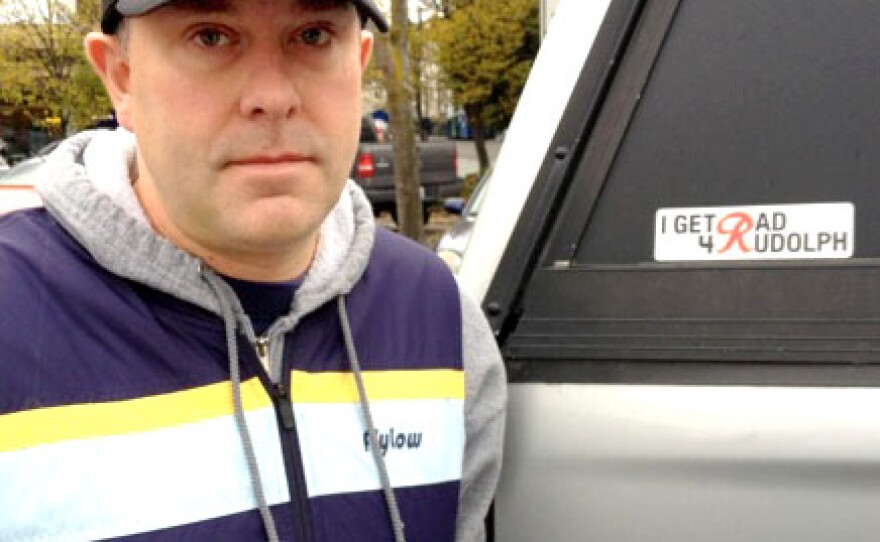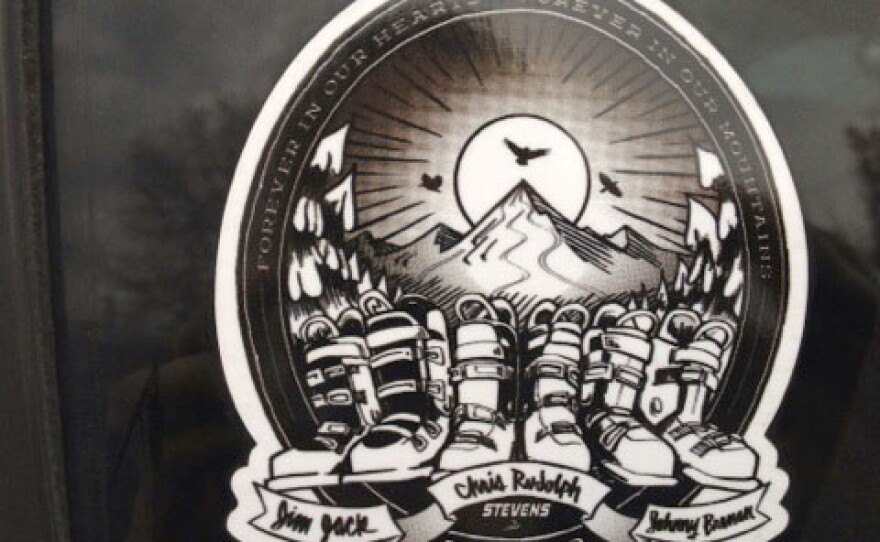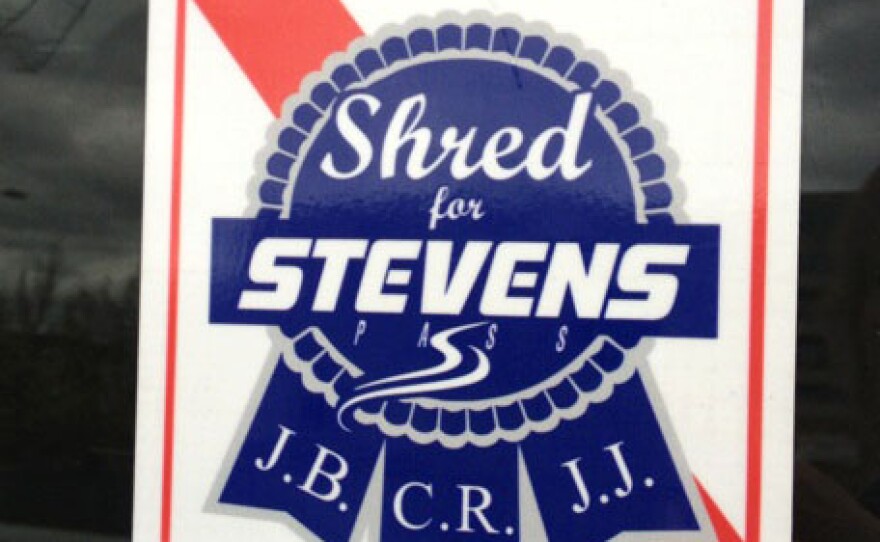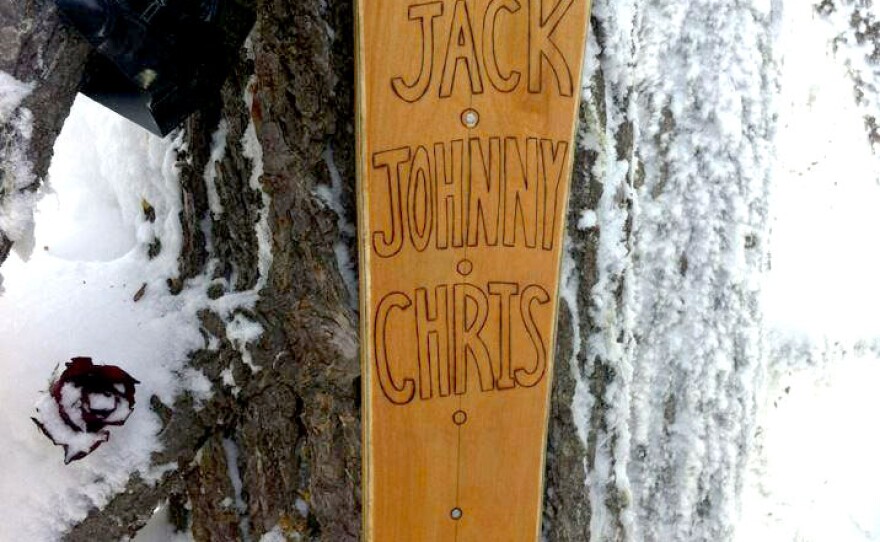As the slopes open, skiers’ and snowboarders’ giddy enthusiasm is overshadowed by an accident near Stevens Pass last season. Three people were killed: Jim Jack, Johnny Brenan and Chris Rudolph. They were caught in an avalanche in the nearby backcountry — the wilderness just outside the Stevens Pass ski resort, unmonitored by ski patrol. Jack, Brennan and Rudolph were all well-known and experienced skiers in the Washington ski scene.
Professional snowboarder Tim Carlson was part of the group that went out that day. He saw some of his friends die, and he helped recover the bodies. Now, as he preps for the peak of his career, an international backcountry competition in January, he’s remembering his friends and thinking about the accident.
Everyone who went out that day in February had experience skiing or snowboarding in the backcountry. They had the right gear and they knew how to use it. The accident is a reminder to back-country skiers and snowboarders that even experts can make mistakes.
Joel Hammond was also there that day. He sells skis and ski gear for a living. He says right before the group took off there were questions, but silent ones. People didn’t voice their concerns. That’s something avalanche educators talk about in safety classes. The draw of that perfect snow (or powder) combined with excited friends creates a much-too-easy path for poor decision-making.
“When you have the big group,” Hammond says, “do you want to be that downer on a powder day? And you know what? I say, ‘Hell yeah, you want to be that person.’”
Now, the ski industry is trying to find new ways to teach skills to encourage people to be that person. Among its search: a look at how the aviation industry handles urgent communication where safety is concerned. Safety instructors are studying how pilots talk to each other in the cockpit.
Meanwhile, another problem is emerging. Both Hammond and Carlson have seen it firsthand: gung-ho skiers and snowboarders heading out to the backcountry without any rescue gear or avalanche training. Retailers, avalanche forecasters and ski patrol are telling skiers they need both before they go outside the roped-off boundaries of ski resorts.
Carlson says people may feel a false sense of security crossing those ropes at a ski resort. He says they tell themselves, “I’m going out the back-country gate, of course it’s safe.” But he knows firsthand that that’s not true.
Now, if he sees people out in the backcountry who seem green, he won’t brush it off. Instead, he says he wants to scare them a little. He says he’ll bark orders — nicely — about where it's safe to go.
RESOURCES:
Northwest Weather and Avalanche Center
VIDEO: Tim Carlson Snowboarding
http://youtu.be/pmjQZ2hHw8k








